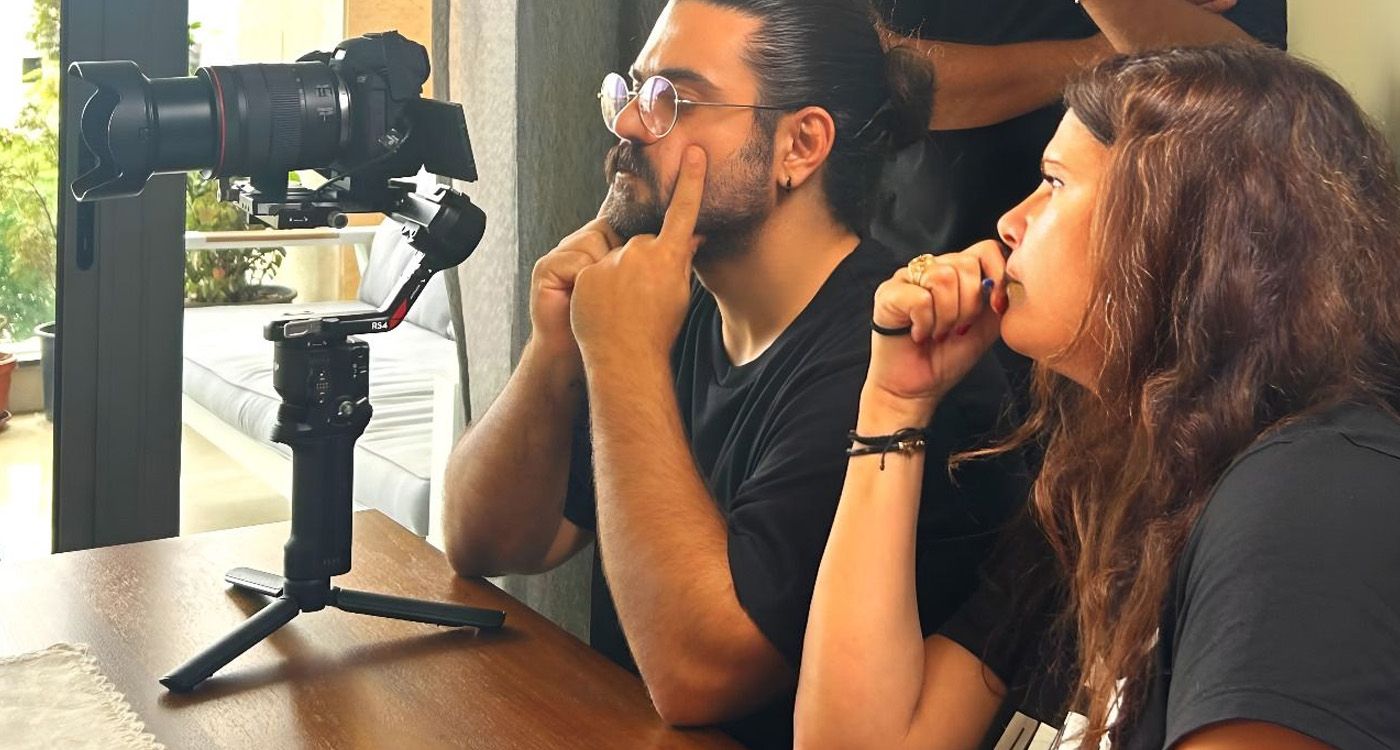
Screening on April 28 at 5:30 PM at ABC Dbayeh as part of the Women Film Festival, Behind the Filter is a documentary-fiction film created by Executive Producer and Format Creator Micheline Nasrany, introduced by Prominent Journalist and Media Consultant Rima Karaki and directed by Karl Salame. It explores how social media influences women’s choices about beauty and plastic surgery through the real-life journeys of four women.
In an era defined by curated feeds and digital perfection, Behind the Filter comes as a sensitive yet straightforward lens into how women experience beauty, plastic surgery and identity in the age of social media. The film, screening on April 28 at 5:30 PM at ABC Dbayeh as part of the Women Film Festival, is the work of executive producer and format creator Micheline Nasrany. The project is presented by prominent journalist and media consultant Rima Karaki, who also conceptualized and hosted a special introductory segment filmed to accompany the main feature, and directed by Karl Salame.
Blending documentary realism with a fictional narrative structure, Behind the Filter follows four women—Zalfa Chelhot, Mireille Zammar, Batoul Abdallah and Jessica Said—each confronting beauty norms in her own way. “The topic tackles plastic surgery and its impact through social media on women,” explains Micheline Nasrany, “especially in this domain, which we developed throughout the movie for characters. The first one refuses to have plastic surgery at all. The second one believes in plastic surgery. The third one has only her face retouched, as she refuses to be framed. And the fourth one uses it with limits.”
The idea was born out of a personal question. “The whole project started as a master’s for TV management and production,” she says. “I was getting it, and as a producer, I decided to do a topic that necessitated research. The idea came to me as it was an ordinary question I ask myself each and every day—so I had to see what other women think of it.”
That question grew into a full-fledged cinematic experience, penned and crafted by Micheline Nasrany and brought to life by director Karl Salame. The shooting style is raw, intimate and rooted in reality shooting technique. “The film was based on reality shooting, as the cam shots are following the characters,” she says. “We had the previous storyboard and we used the Handycam. We stuck to documentary based on reality-based filmmaking but with TV technique, as we used a Ronin stabilizer that would walk with the character. Shooting was with daylight and no extra lighting.”
Trust was key to our approach. “We decided to film the cast at their place, as they would open up easier to us and the camera,” Micheline Nasrany adds. The team conducted interviews and filmed emotionally charged moments in the women’s private spaces. “We interviewed the cast, had intimate discussions with them—all four women. That was to get into the character and zoom into the personality beyond the choice of plastic surgery or not.”
A unique element of the production is its introduction by Rima Karaki. “The making-of with Rima, the presenter, was conceptualized and directed in order to introduce the film,” attests Micheline Nasrany. It helps set the tone for the journey, offering an additional narrative layer from a media professional’s perspective.
Despite obtaining full written consent, Micheline Nasrany maintained strict editorial boundaries, as Karl Salame executed her idea “technically and aesthetically.” “The characters opened their hearts to us—still, I wouldn’t show things that would disturb them, even though we had a signed consent to use all rushes we had before shooting. I personally draw the limits. I would show their vulnerability when it serves the movie without harming them, so I definitely omitted many parts while editing.”
The film is more than a critique, it’s a reflection. “I’m a person who looks for answers. I have many questions,” Nasrany shares. “I live in an oriental society, and I am a woman who had a chance to grow in the circle with no limits, no boundaries, as my partner always pushed me forward and supported me.”
Her worldview balances empowerment and inclusion. “I love to work on subjects that matter to women. Still, I am not what people would call ‘feminist,’ as I don’t believe in extremes, but rather in the partnership between women and men, and I firmly believe in the presence of men as part of a balanced equation. Also, I do believe that women and men are definitely complementary.”
Micheline Nasrany’s intention with Behind the Filter is clear. “This film definitely has a call to action—and it is to embrace ourselves as we are. What is perfection and beauty? Why would social media define the standards of human beauty?”
She believes the key lies in media literacy and autonomy. “I think that media literacy is very important. We need to know what to get from social media and what to leave aside. It is really important for me that people learn not to copy-paste what others do.”
Looking ahead, Micheline Nasrany is already exploring new stories to tell. “I have several other topics in mind that I would like to develop—like, for instance, staying single or shedding light on what women would feel whether she is a married woman with no kids,” she says. “I worked on a documentary about that in order to break the taboo—but mostly to break the pity people would tend to feel towards others.”
In Behind the Filter, Micheline Nasrany has created a space where women’s stories are told with dignity, authenticity and care—stories that ask not just how we see ourselves, but who decides what we should see.




Comments